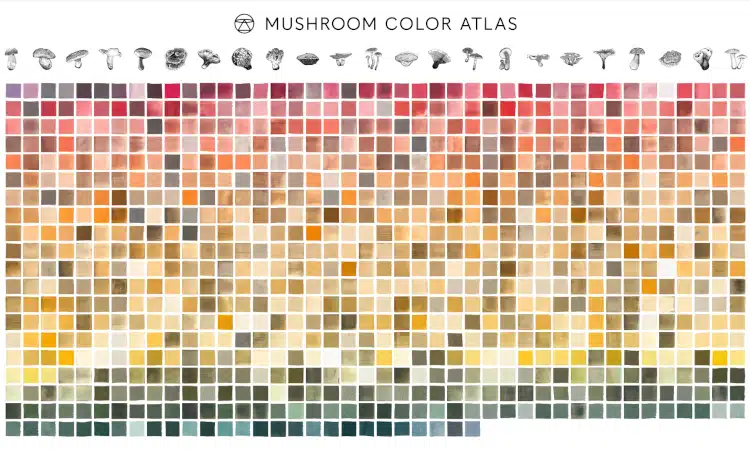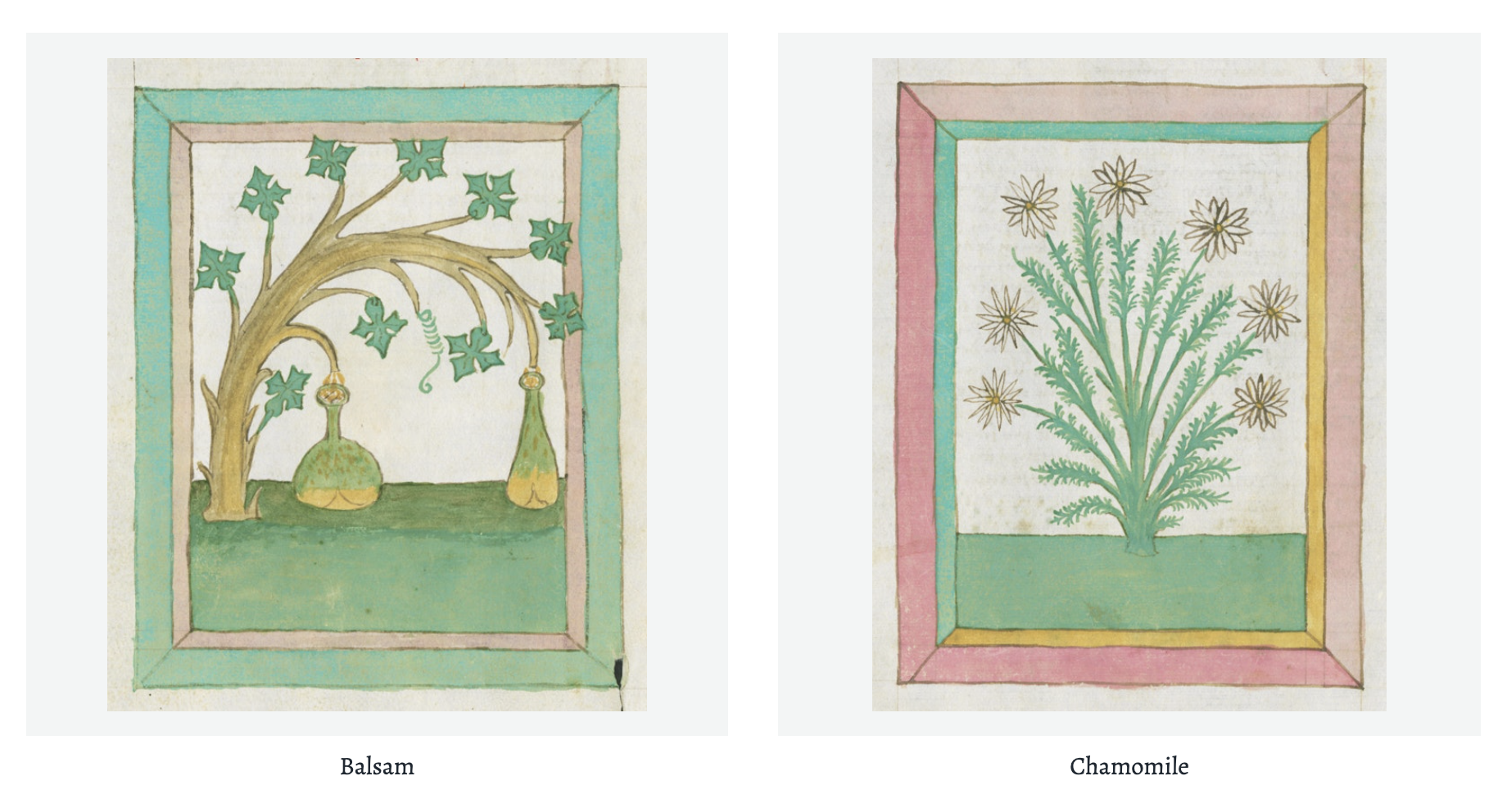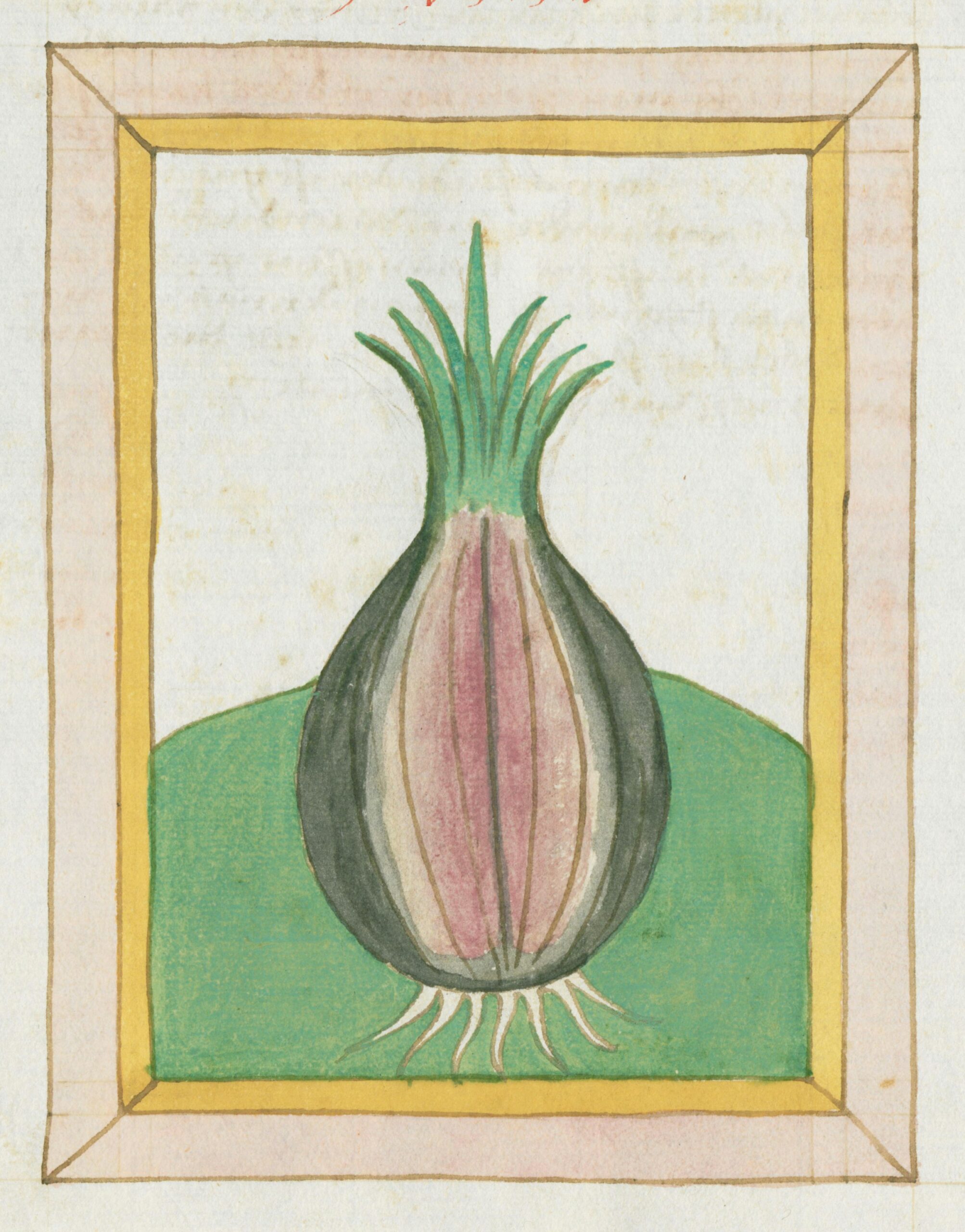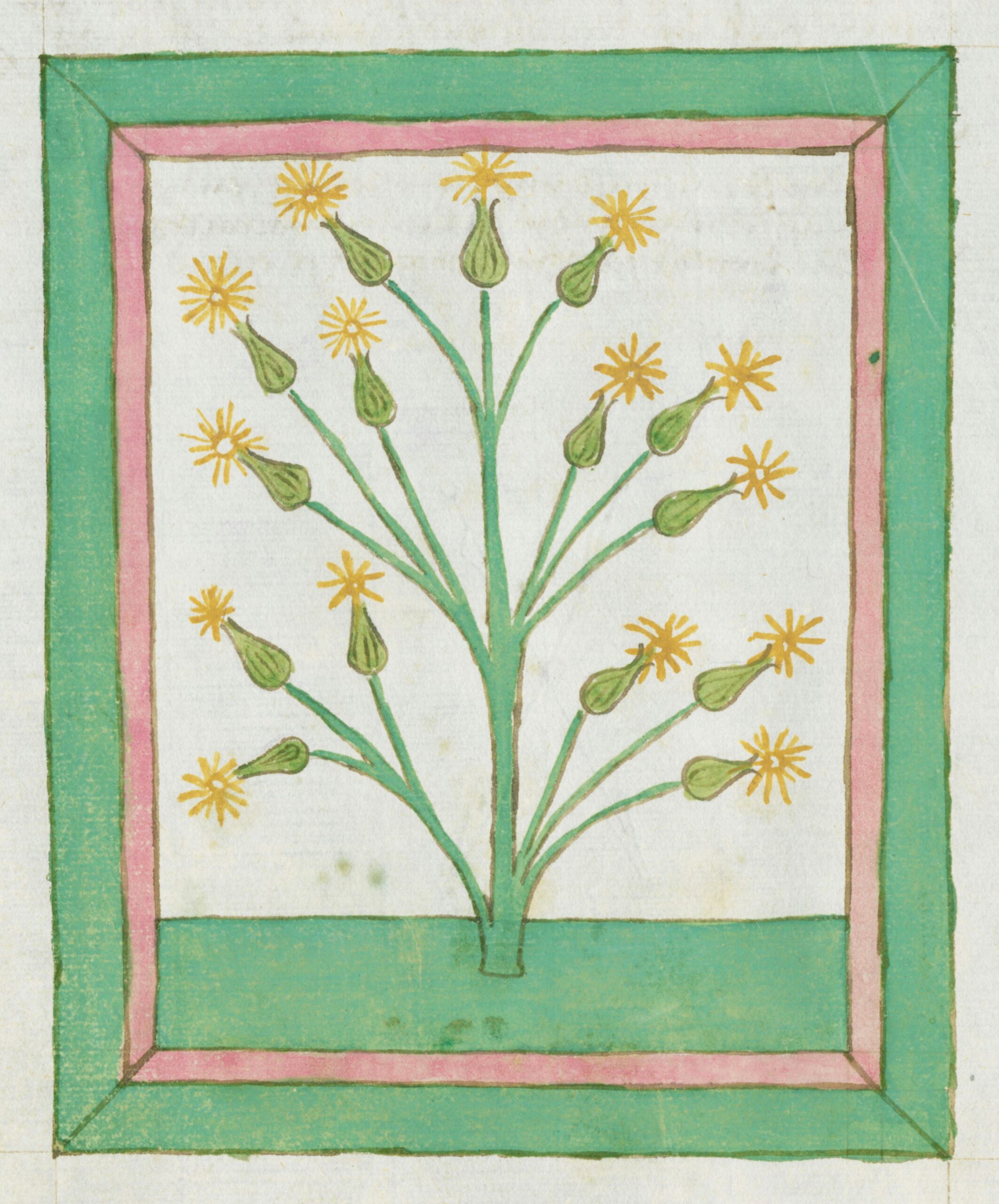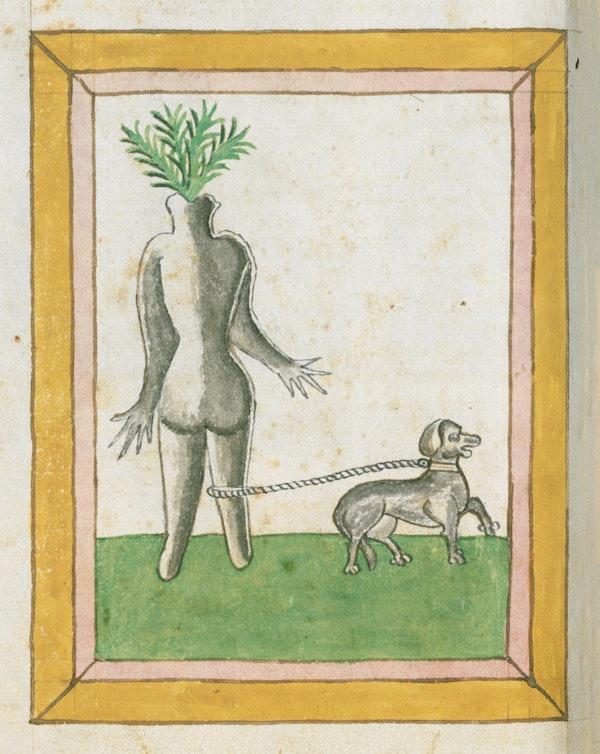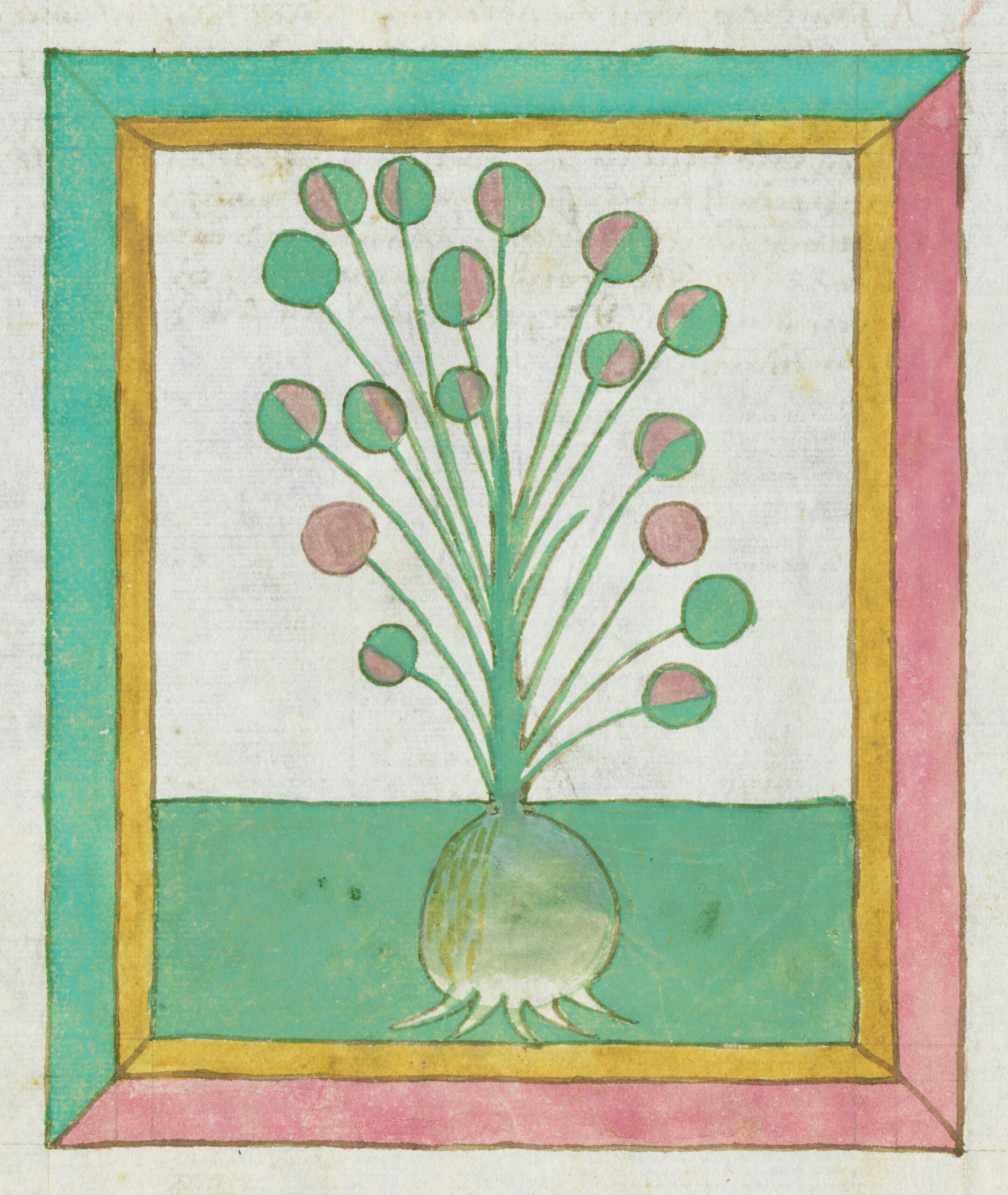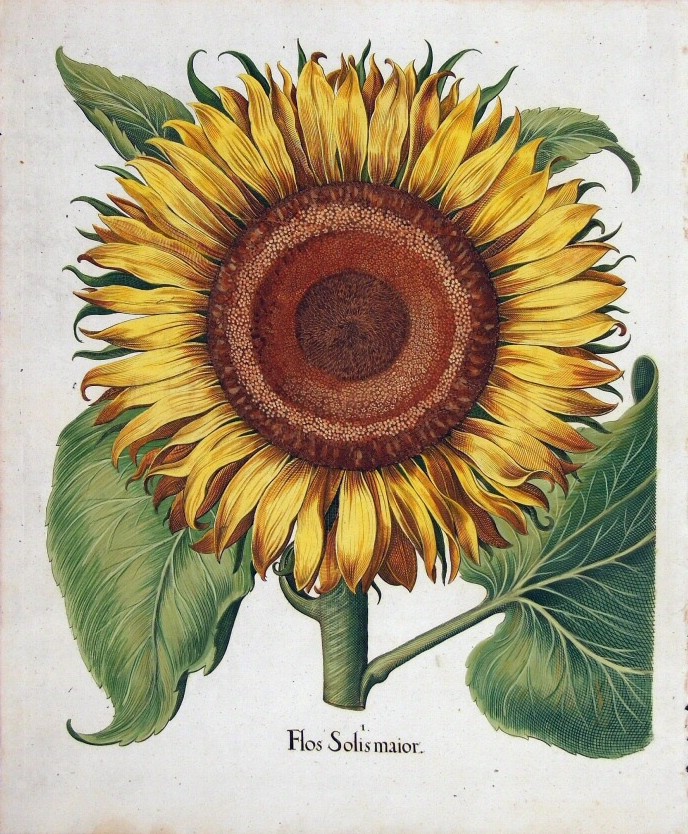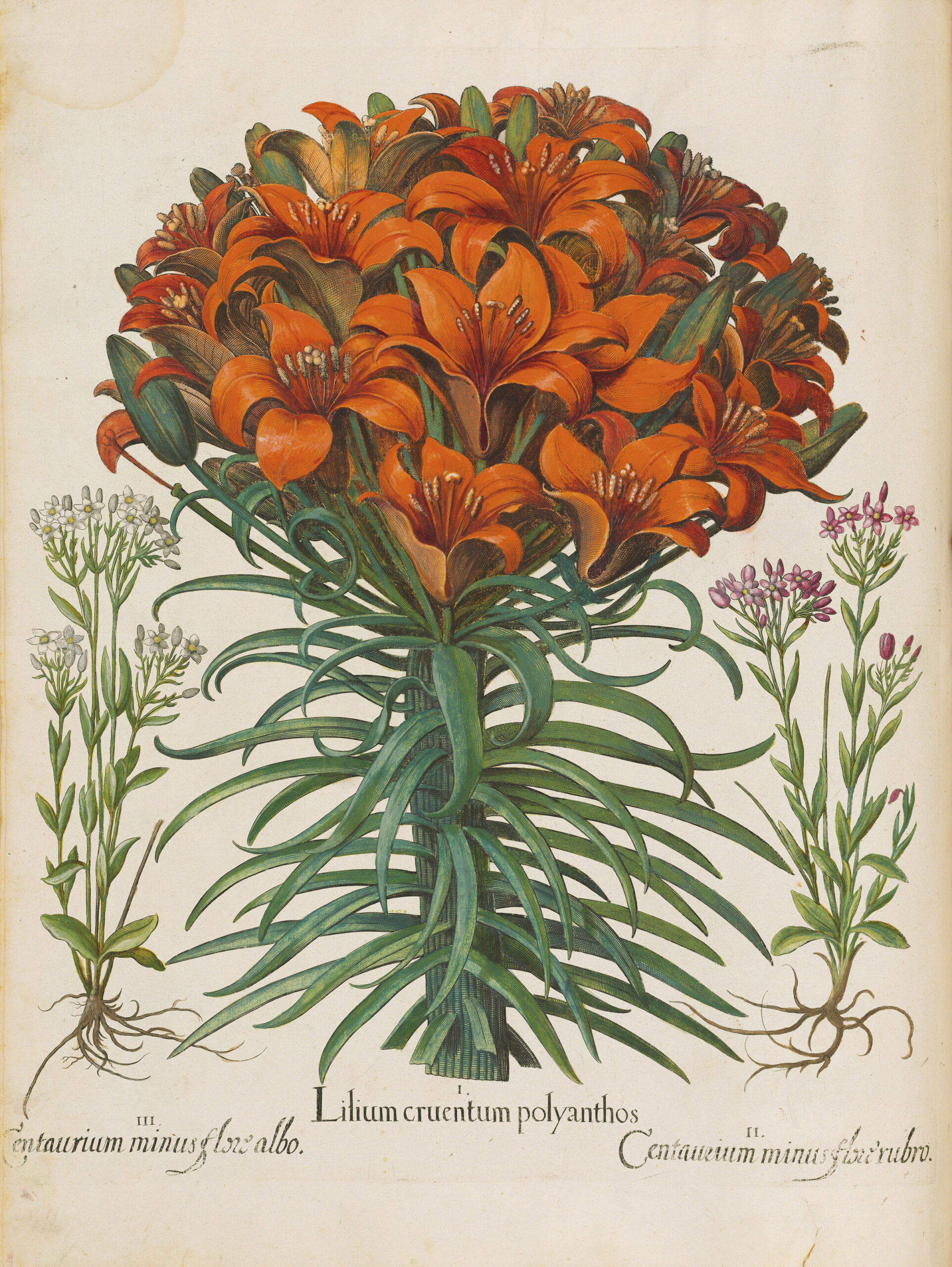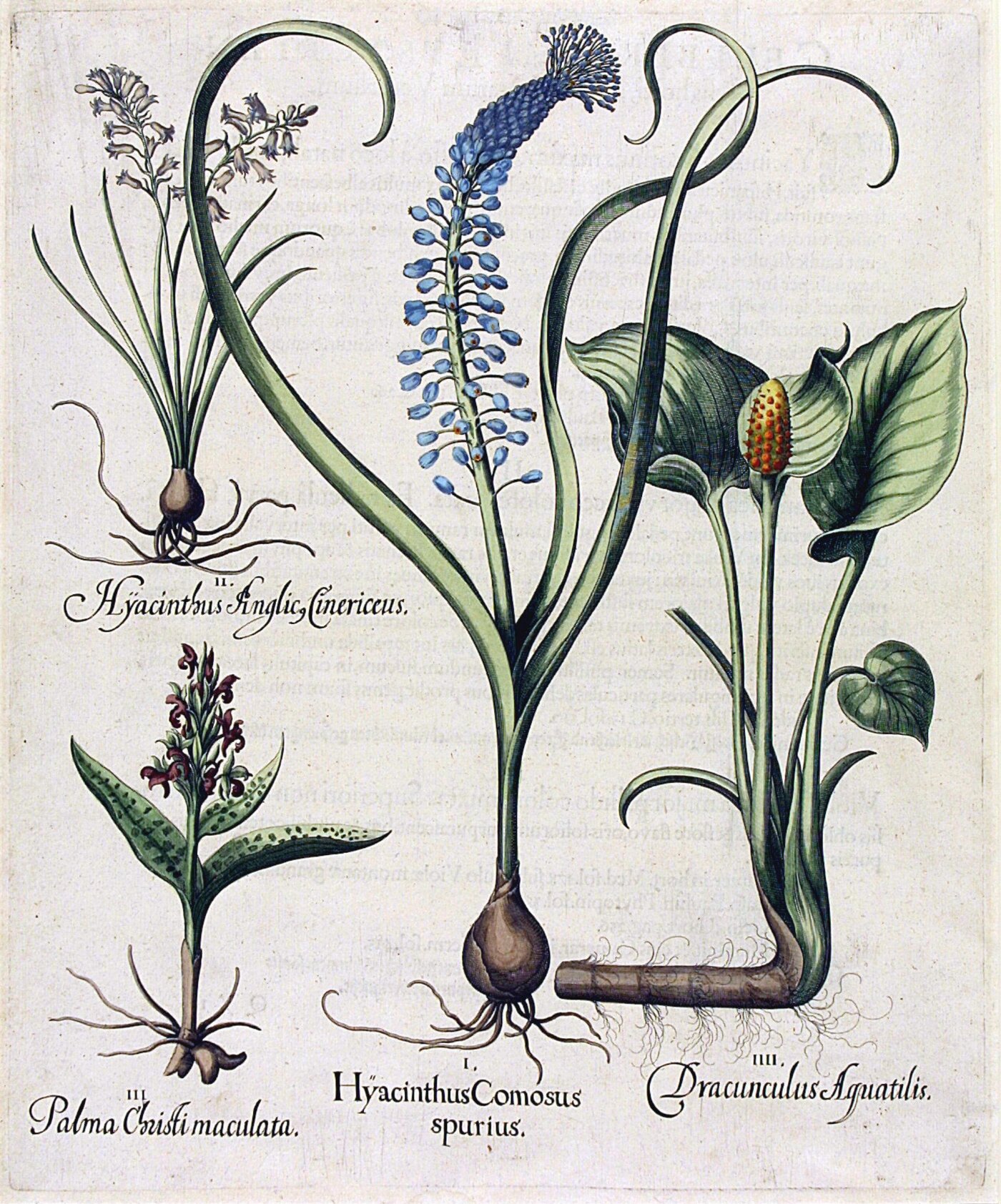The nature documentary series Our Planet opens with a startlingly stark observation courtesy of broadcaster, biologist, natural historian, and author Sir David Attenborough:
Just 50 years ago, we finally ventured to the moon…
Since then, the human population has more than doubled…
(and) In the last 50 years, wildlife populations have, on average, declined by 60 percent.
The twelve-episode series, narrated by Attenborough, is the result of a four-year collaboration between Netflix, Silverback Films and the World Wildlife Fund. The creators aren’t shy that it’s a race to beat the clock:
For the first time in human history, the stability of nature can no longer be taken for granted.
Rather than take viewers on a doom scroll of global proportions, they cultivate their conservationist impulses with gorgeous, never-before-filmed views of ice caps, deep ocean, deserts and distant forests.
The high def footage of the multitudinous creatures inhabiting these realms is even more of a hook.
?si=I930RTqH1P-agiT0
Whether the frame is filled by a Philippine eagle chick, a herd of migrating elephants, a hunting Bengal tiger or a male orchid bee perfuming himself to better his chances of attracting a mate, Our Planet’s non-human stars are consistently captivating.
Some of the footage speaks directly to the hardships these creatures are experiencing as the result of climate change, dwindling habitats, and other havoc wreaked by our species.
Field producer Ed Charles said Attenborough remarked that the plight of a starving polar bear and her cubs paddling around the Arctic Ocean in search of food was “a real heartbreaker, and that it would capture people’s imaginations:”
This mother and her cubs should have been hunting on the ice, even broken ice. That’s where they’re supremely adapted to be, but we found them in water that was open for as far as the eye could see. That’s the reality of the world they live in today. Nature can be brutal. But to see this family with the cub, struggling due to no fault of their own, it makes it very hard.
Given how many non-human creatures’ fates hinge on human action, and the filmmakers’ goal of helping us “truly understand why nature matters to us all, and what we can do to save it, (so) we can create a future where nature and people thrive”, it’s awfully sporting of Netflix to bring the series out from behind its subscription paywall.
The first season can currently be enjoyed for free on YouTube here.
The filmmakers also provide a number of free educational resources for schools and younger viewers.
Not that we adults should sit back and wait for the younger generation to bail us out of this seemingly insoluble mess.
Our Planet’s website shares ways in which all of us can take an active role in saving and restoring precious parts of the planet our species has nearly destroyed.
Again, it’s better than doom scrolling.
Consider our remaining jungles and rainforests, “a natural ally in the fight against climate change” due to the incredible diversity of life they harbor.
They help regulate global weather, cool the planet by reflecting the sun’s heat, generate and send out vast amounts of water, and remove carbon from the atmosphere.
Attenborough points out that humans have cleared jungle and forest sufficient to meeting all future human demand for food and timber. The trick will be learning how to use this previously cleared land more efficiently while practicing environmental stewardship.
Individuals can start by educating themselves and hold themselves to a high standard, refusing to buy any item whose production is tied to deforestation.
Governments can offer financial incentives to companies with a proven commitment to using this land in thoughtful, ecologically sustainable ways.
Rather than succumb to overwhelming despair, take heart from innovators breathing new life into a deforested part of Brazil seven times the size of the United Kingdom.
Ecological concerns did not seem nearly so pressing when vast amounts of rain forest once occupying this land were cleared in order to pasture cattle. A lack of foresight and sustainable practices led it to become so degraded it could no longer support grazing.
(Cattle aside, birds, insects, mammals, plants and other former inhabitants were also SOL.)
Rather than cut down more precious jungle, trailblazing environmental visionaries are promoting regeneration with native seedlings, planting fast-growing, super-efficient crops, and restoring the jungle adjacent to growing areas as a form of natural pesticide.
That provides a glimmer of hope, right?
The 97-year-old Attenborough can even get on board with ecotourism, a risky move given how a large carbon footprint can translate to a dim public view.
Perhaps he’s banking that first-hand encounters with wonders once encountered only in documentaries could help keep the planet spinning long after we’re no longer here to bear witness.
Watch the first season of Our Planet for free here.
Related Content
David Attenborough Reads “What a Wonderful World” in a Moving Video
How Sounds Are Faked For Nature Documentaries: Meet the Artists Who Create the Sounds of Fish, Spiders, Orangutans, Mushrooms & More
Watch Young David Attenborough Encounter Animals in Their Natural Habitats: Video from the 1950s and 1960s
– Ayun Halliday is the Chief Primatologist of the East Village Inky zine and author, most recently, of Creative, Not Famous: The Small Potato Manifesto and Creative, Not Famous Activity Book. Follow her @AyunHalliday.
